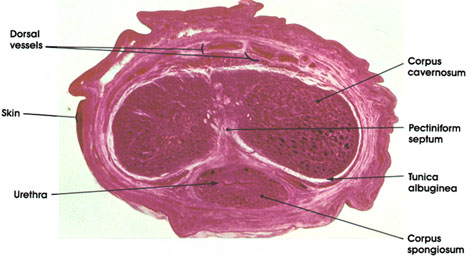
What is the Difference Between Corpus Cavernosum and Corpus Spongiosum | Compare the Difference Between Similar Terms

Ecorise Inc - Picture of the Penis Human Anatomy - The penis is the male sex organ, reaching its full size during puberty. In addition to its sexual function, the penis acts

Osmosis from Elsevier - Let's talk histology of the penis! The penis contains two dorsal columns of corpora cavernosa and one ventral, periurethral column of corpus spongiosum. All three columns contain erectile

Cross-section of the penile stump showing corpora cavernosa, corpus... | Download Scientific Diagram

Corpus Cavernosum Smooth Muscle Physiology: A Role for Sex Hormones? - DiSanto - 2003 - Journal of Andrology - Wiley Online Library
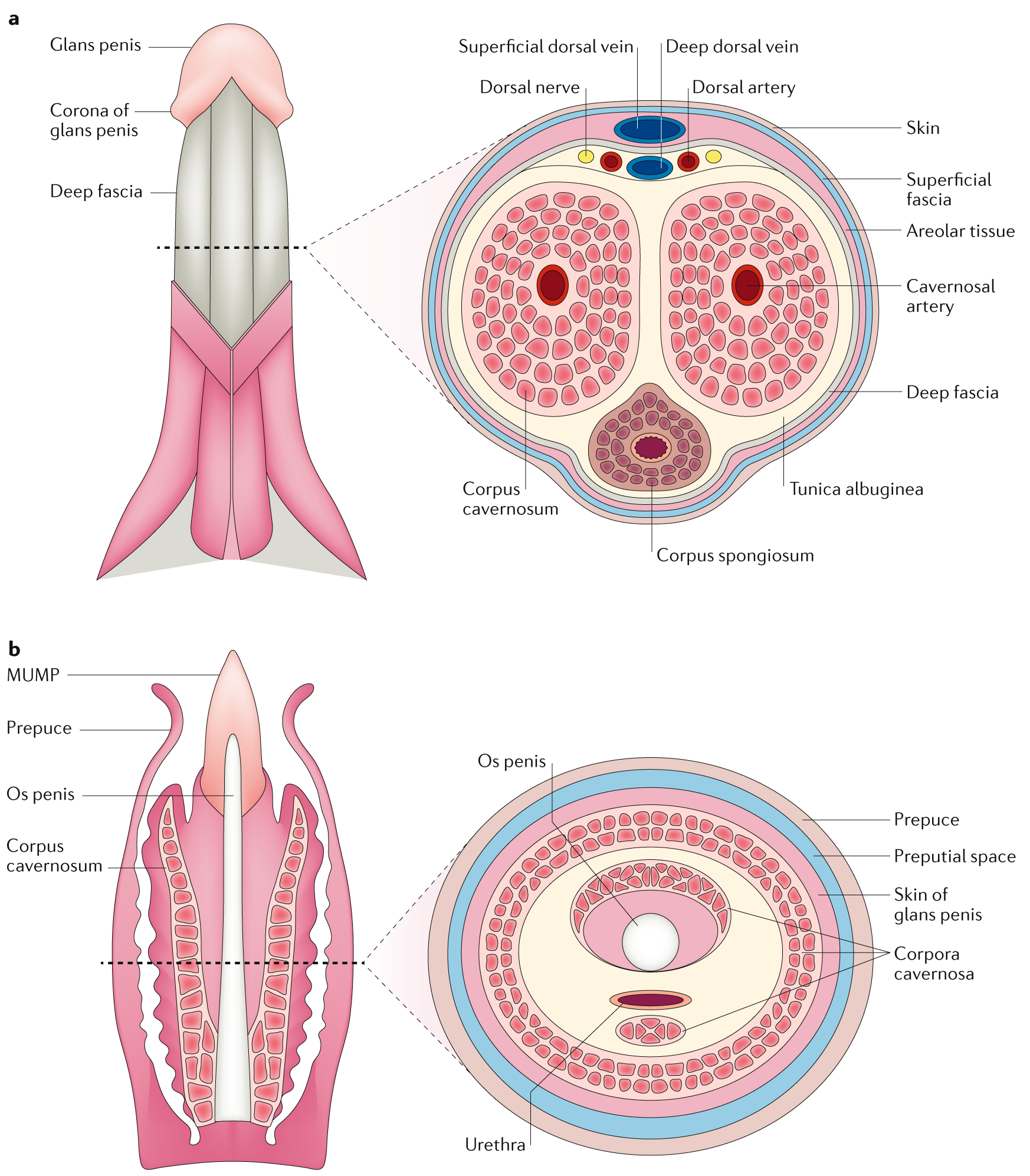
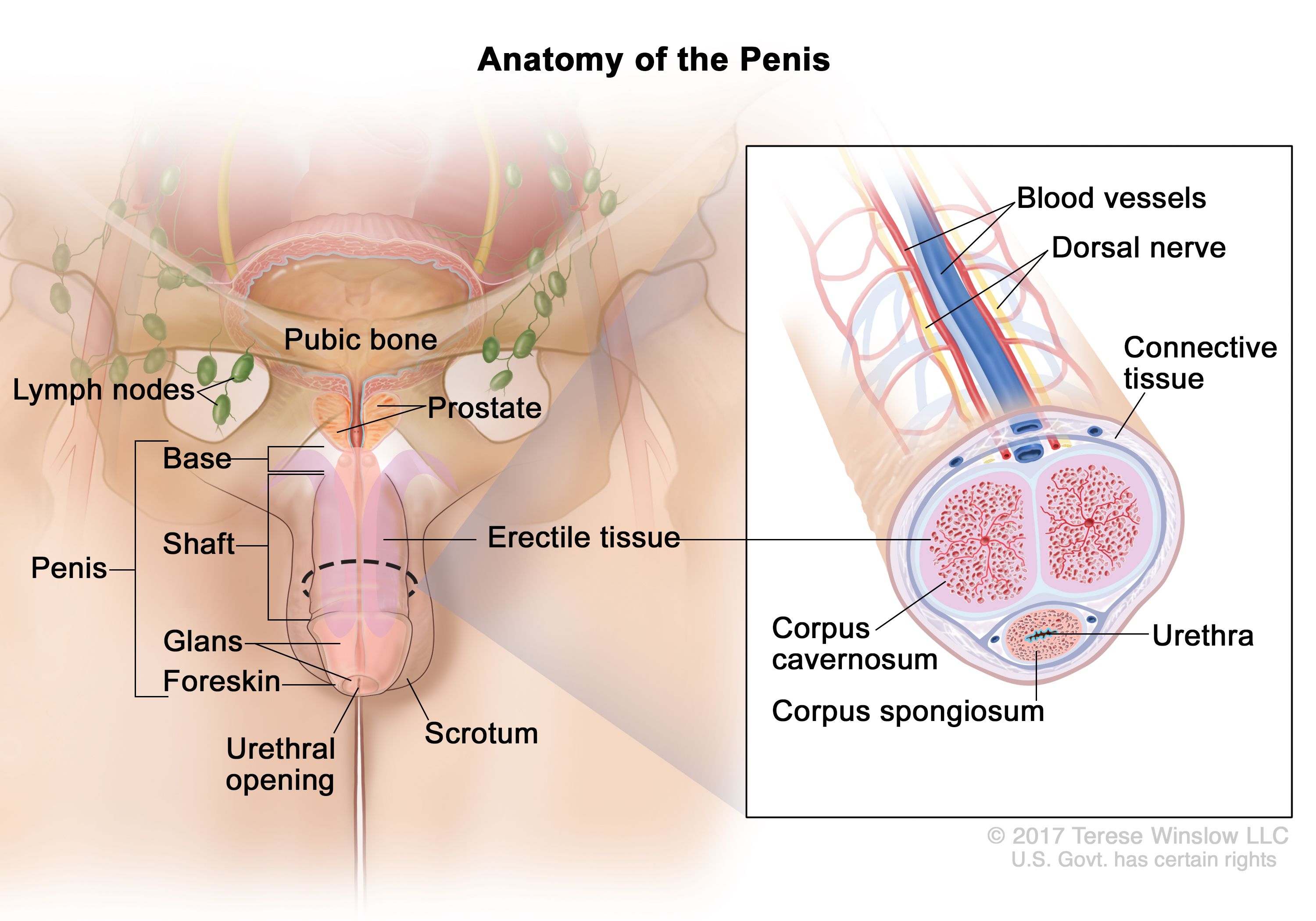
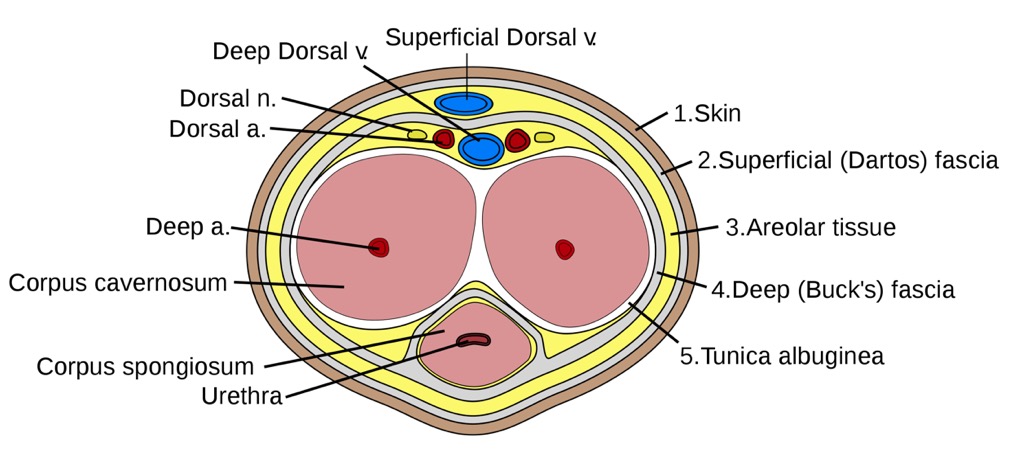
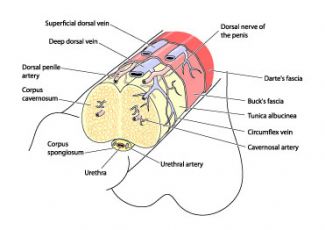

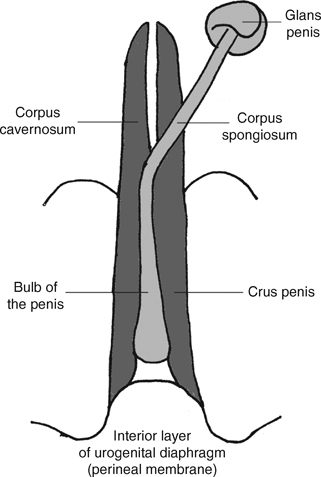


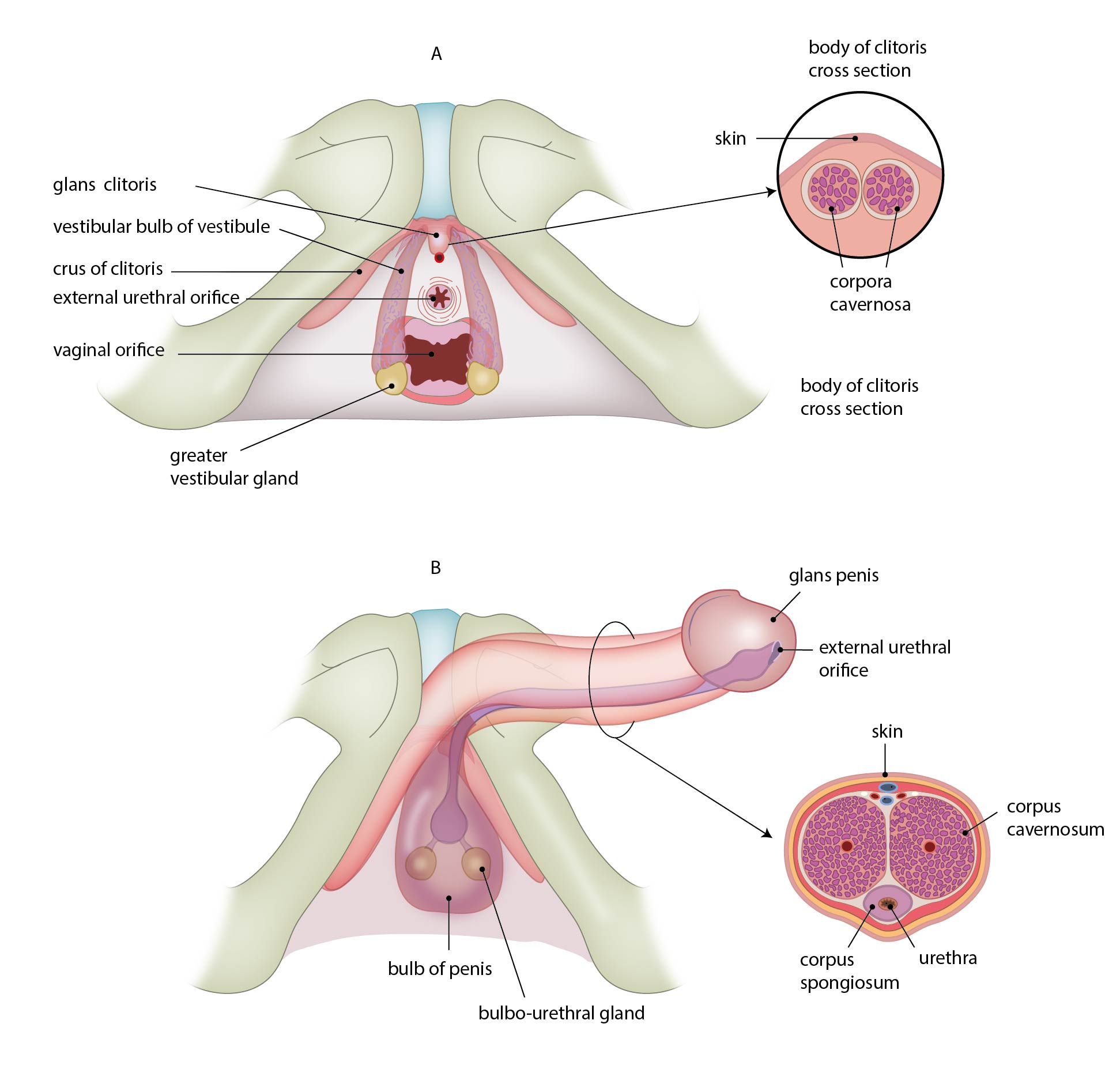


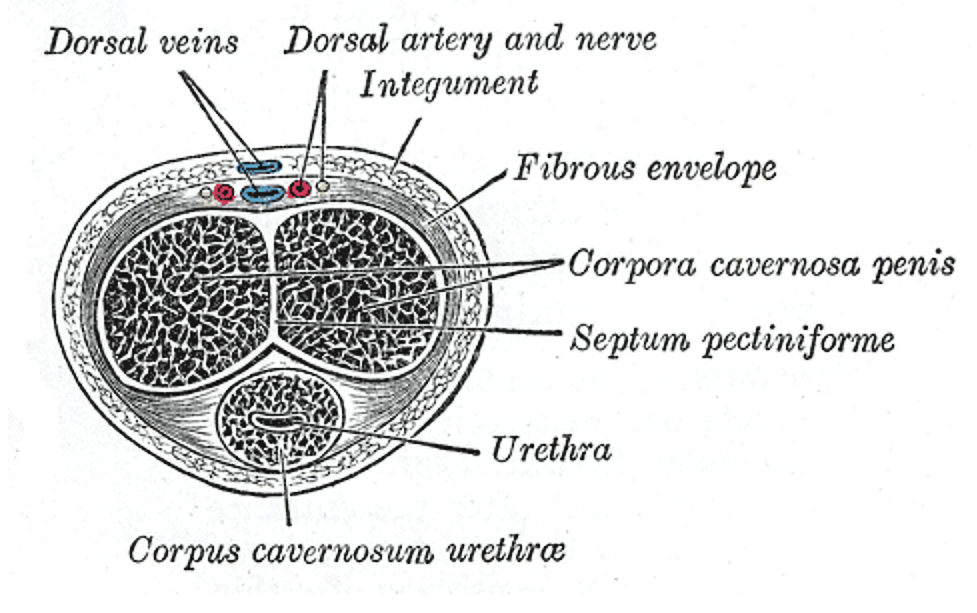

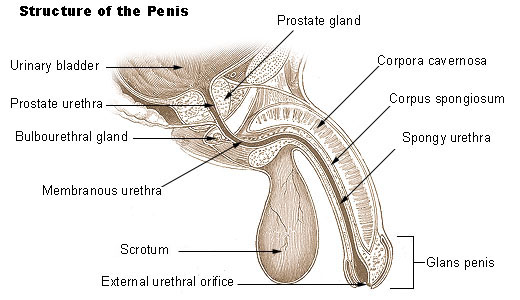


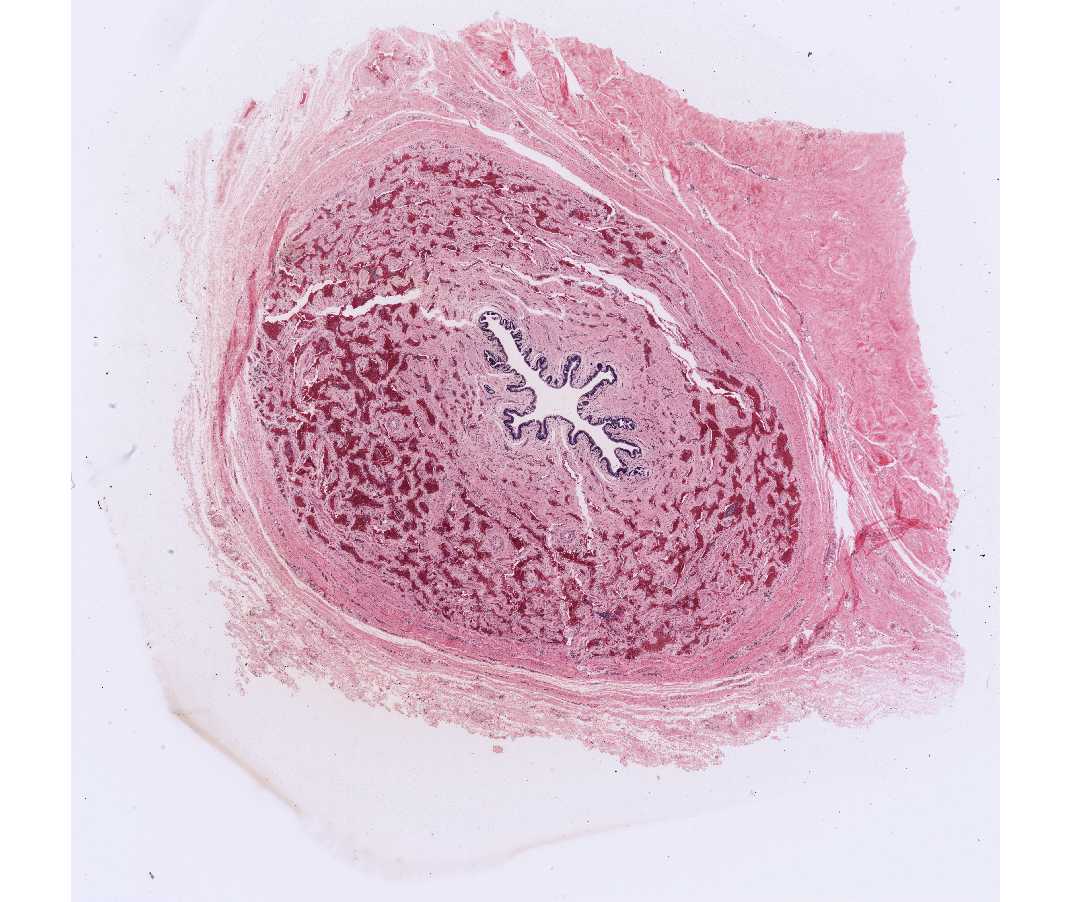
![HLS [ Male Reproductive System, penis, corpus spongiosum] MED MAG HLS [ Male Reproductive System, penis, corpus spongiosum] MED MAG](https://www.bu.edu/phpbin/medlib/histology/i/17704hoa.jpg)
![HLS [ Male Reproductive System, penis, corpus spongiosum] MED MAG labeled HLS [ Male Reproductive System, penis, corpus spongiosum] MED MAG labeled](https://www.bu.edu/phpbin/medlib/histology/i/17704loa.jpg)
:max_bytes(150000):strip_icc()/penis-anatomy-cross-section-medical-3d-vector-illustration-1141366970-01fbfb0bb60e489e937090a607f6653c.jpg)
